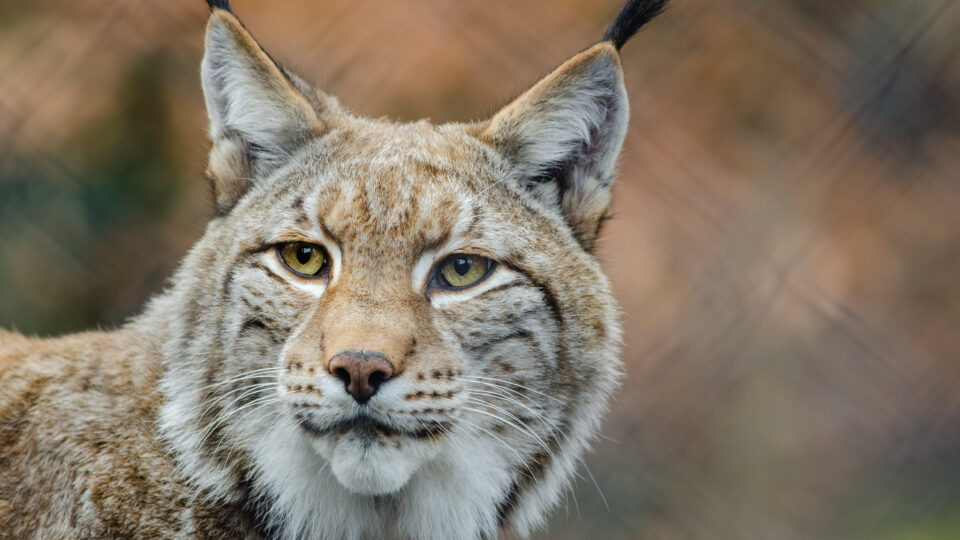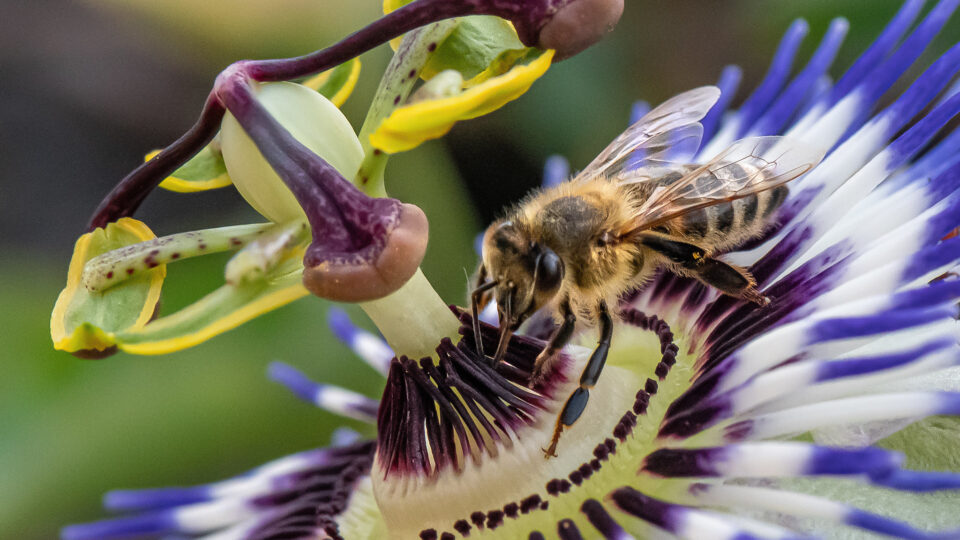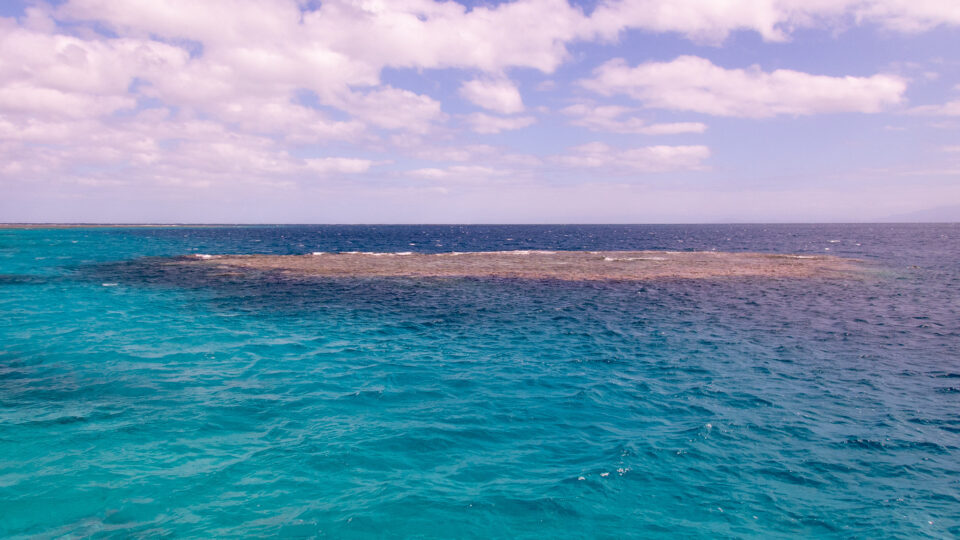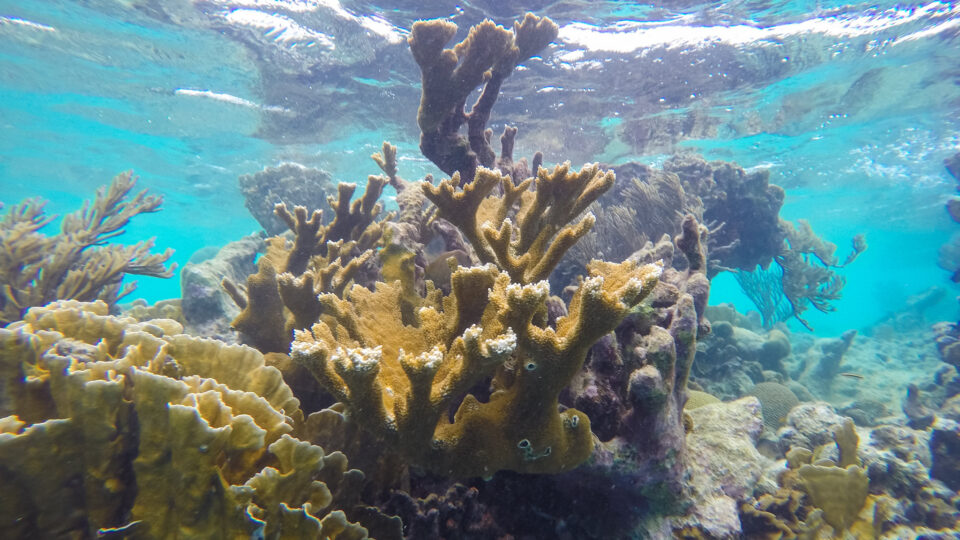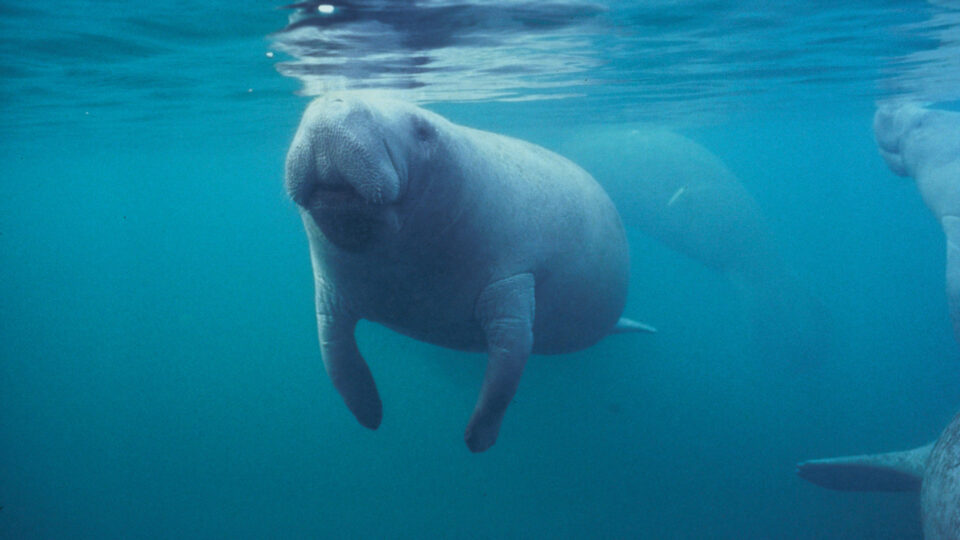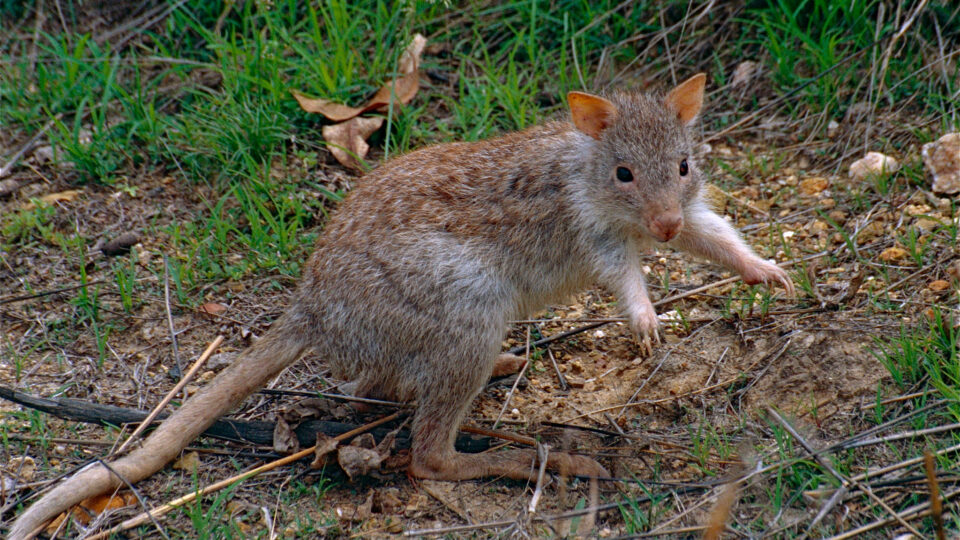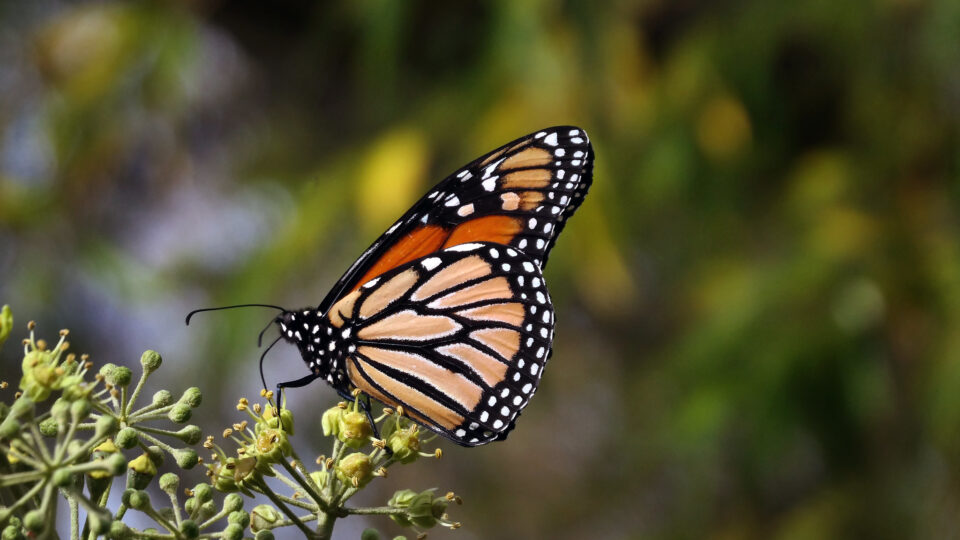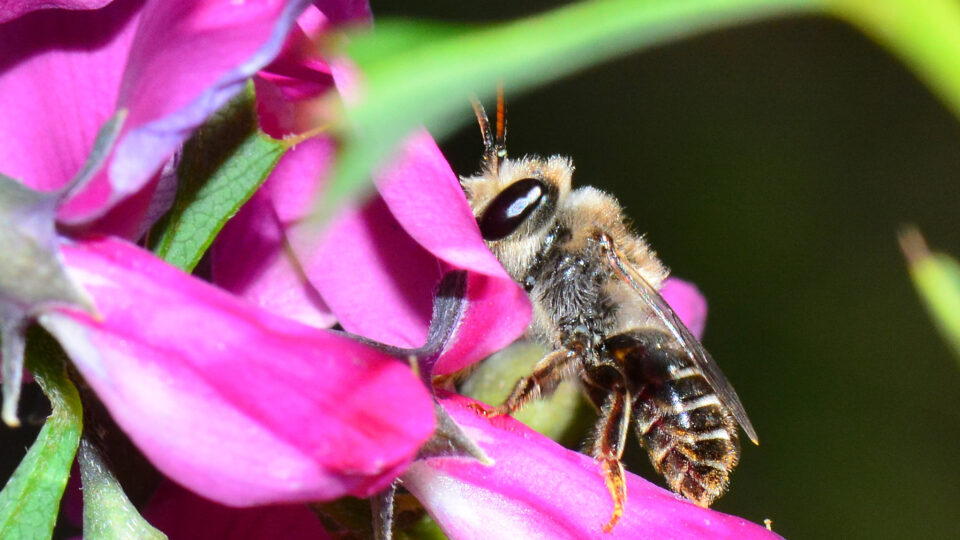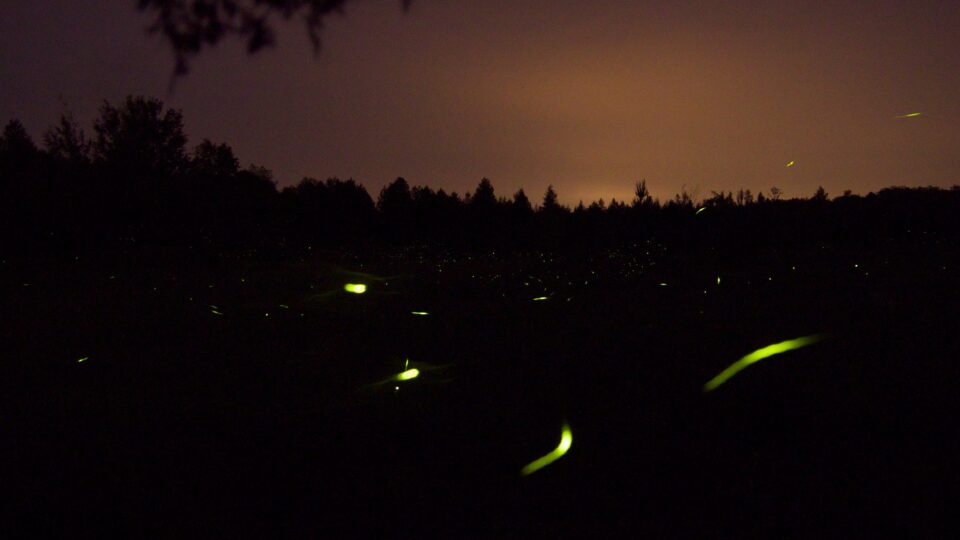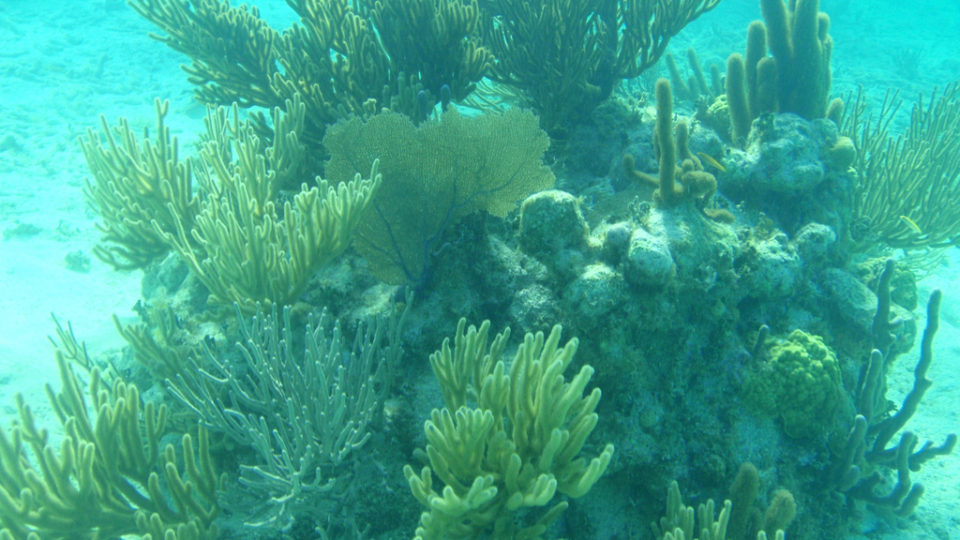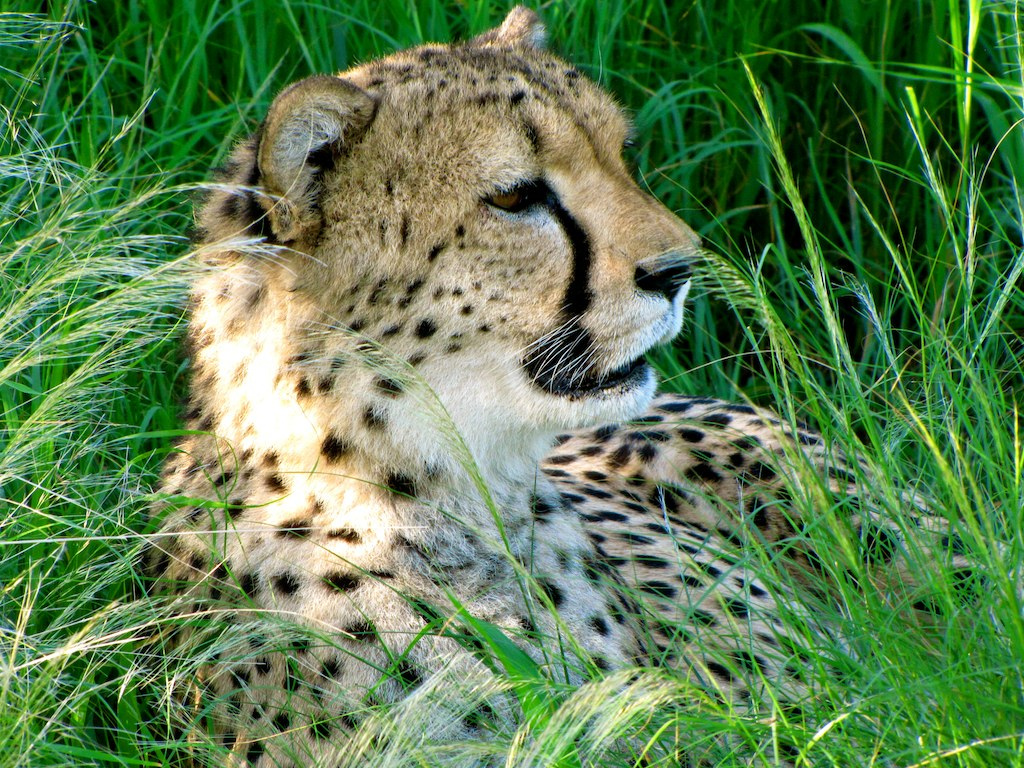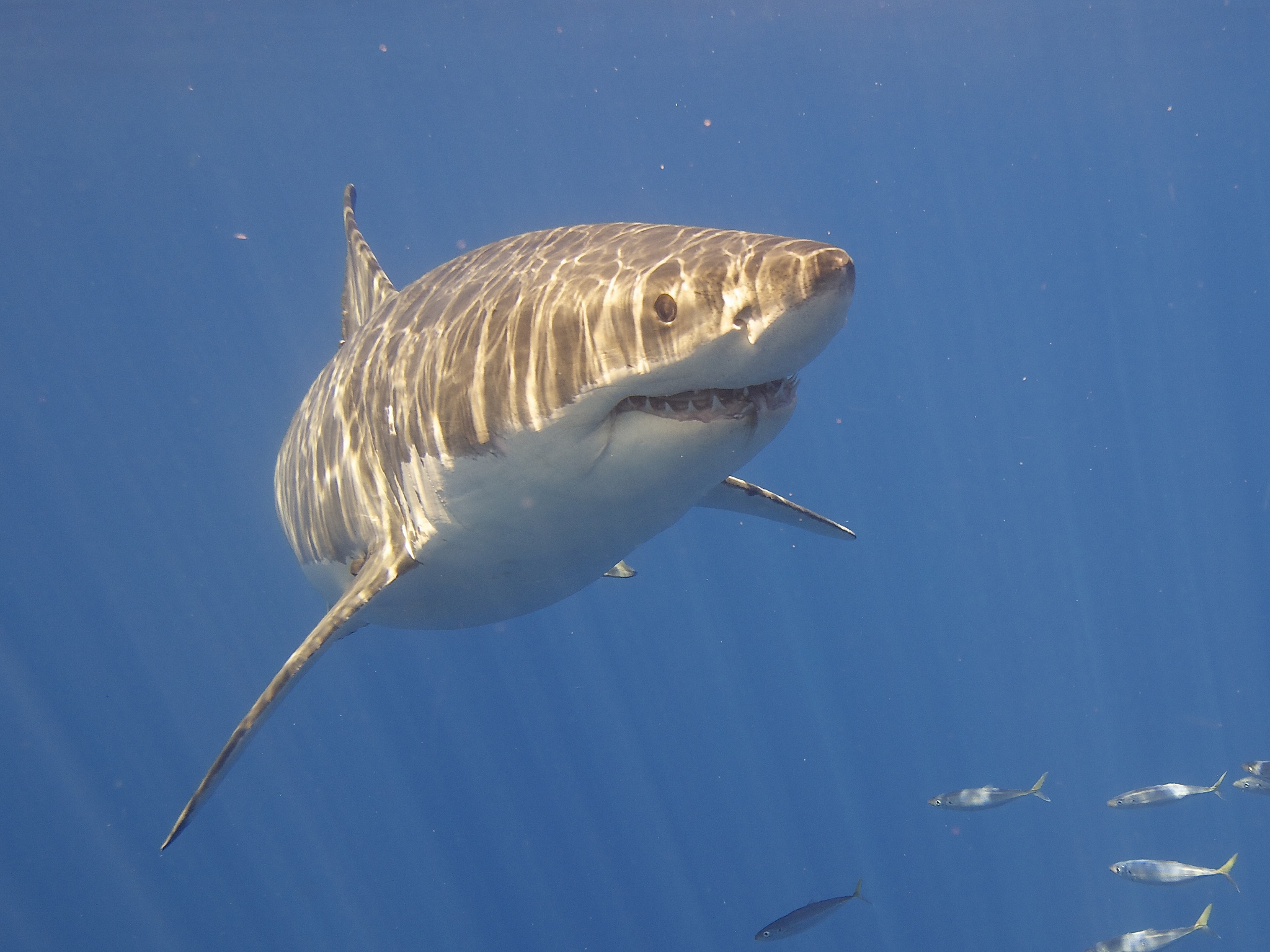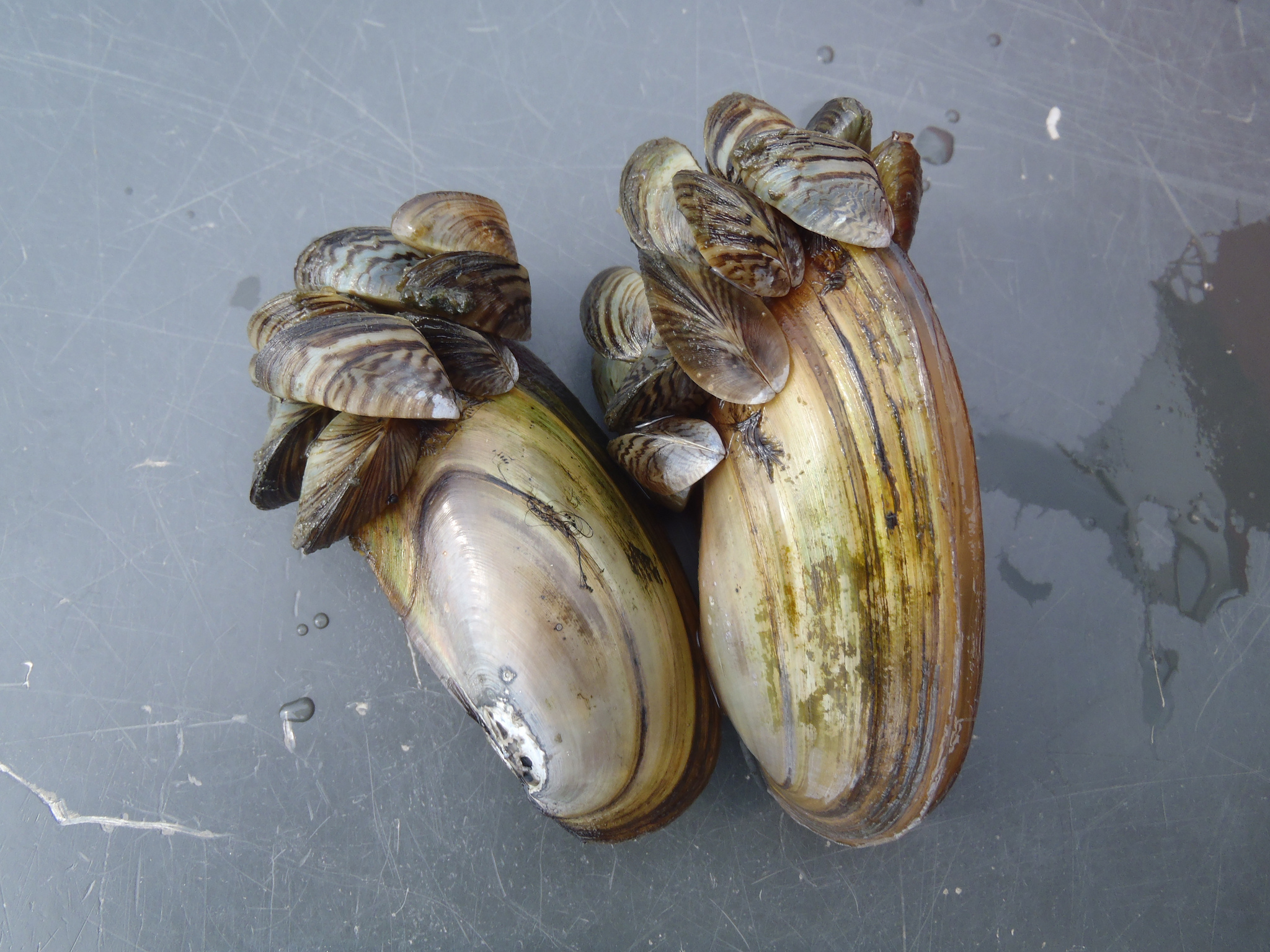Deep-sea ecosystems cover more than 40% of the Earth. These regions are some of the least well-known and understood areas of our planet but are home to numerous ecosystems. The deep seas are already directly exposed to the effects of human-induced climate change but could potentially be greatly threatened by efforts to artificially counteract climate change.
A class of geoengineering solutions called ocean-based climate interventions are increasingly being claimed as promising ways to mitigate climate change. Such interventions would remove carbon dioxide from the atmosphere and sequester it in the deep sea. There is very little known about the impact of such efforts on ocean biogeochemistry and the biodiversity of ocean ecosystems.
One approach is direct CO2 injection into the deep ocean, which would sequester large amounts of it and reduce the concentration in the atmosphere. However, too much carbon dioxide in the water is called hypercapnia, which can have serious consequences on marine life.
Other approaches include ocean fertilization – which is enhancing phytoplankton production at the surface, leading to their eventual deposition on the deep-sea floor – and crop waste deposition – which is deep-sea disposal of terrestrial crop waste.
A multinational study led by the Scripps Institution of Oceanography warns that there needs to be much more research and governance before any such interventions ever take place. The deep sea faces unprecedented threats from industrial fisheries, pollution, warming, deoxygenation, acidification, and other climate-related problems. Ocean-based climate intervention represents yet another serious threat to the functioning of these essential ecosystems.
**********
Web Links
Photo, posted January 6, 2010, courtesy of Emrys Roberts via Flickr.
Earth Wise is a production of WAMC Northeast Public Radio


